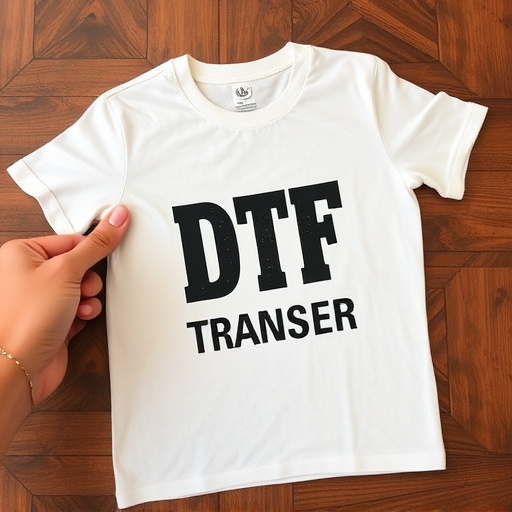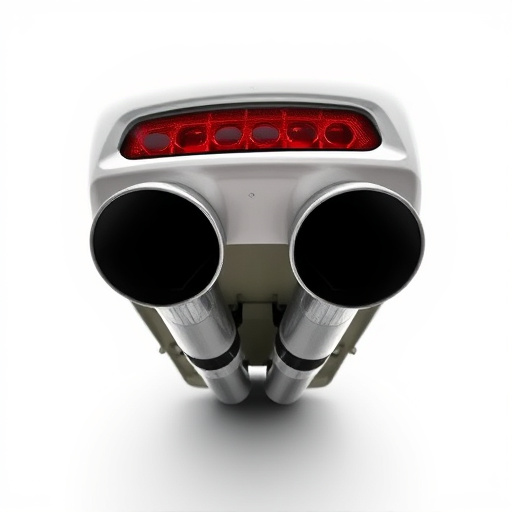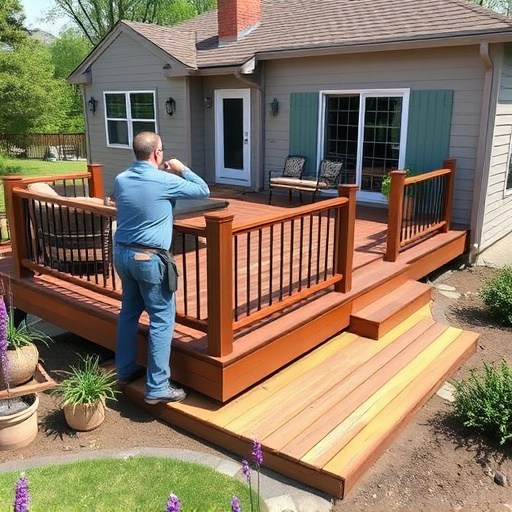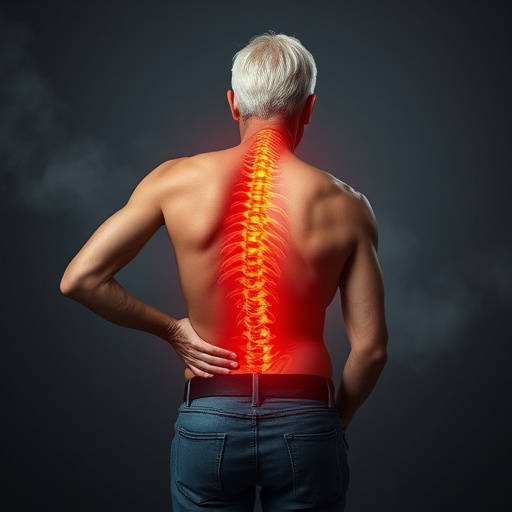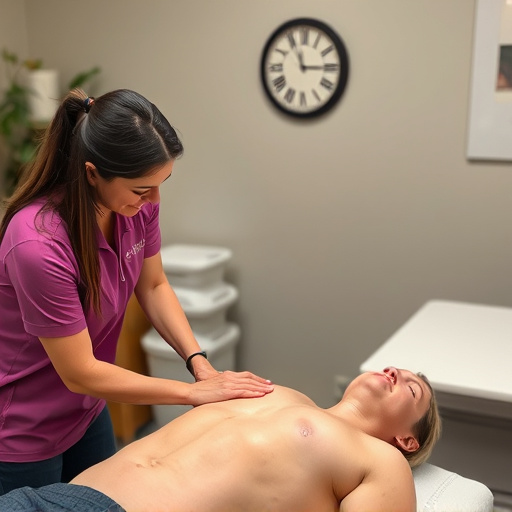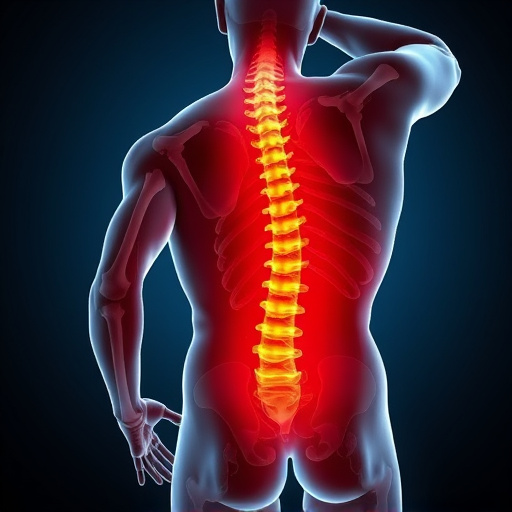Shockwave therapy is a non-invasive game-changer for treating shockwave sports injuries, using sound waves to stimulate healing of damaged soft tissues and offering hope for athletes' chronic pain relief. Early intervention with therapeutic exercises is crucial to prevent long-term issues; shockwave therapy aids recovery without surgery's risks, focusing on natural regeneration for lower back pain and other common sports injuries. Always consult healthcare professionals specializing in shockwave sports injuries.
Experiencing recurring pain from a sports injury? It might be time to consider shockwave therapy. This innovative non-invasive treatment uses concentrated sound waves to stimulate healing, offering relief for chronic pain associated with sports-related injuries. Learn how shockwave therapy can accelerate recovery and provide lasting results for conditions like tendonitis, stress fractures, and more. Discover when it’s appropriate to seek this advanced treatment option and explore its benefits and considerations for recurring sports injuries.
- Understanding Shockwave Therapy for Sports Injuries
- Recognizing When It's Time to Seek Treatment
- Benefits and Considerations for Recurring Pain
Understanding Shockwave Therapy for Sports Injuries
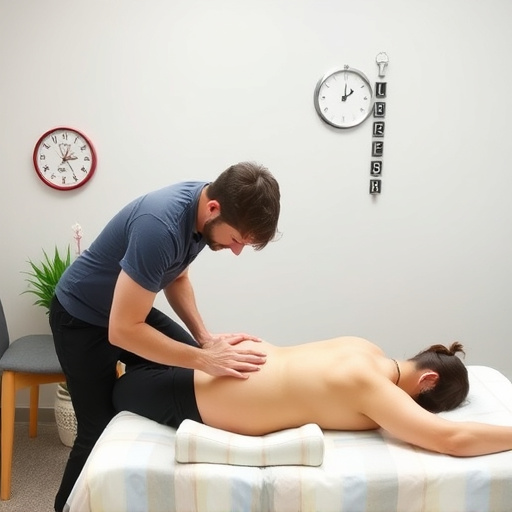
Shockwave therapy for sports injuries has emerged as a game-changer in non-invasive treatments, offering hope for athletes and active individuals struggling with recurring pain. This cutting-edge approach utilizes focused sound waves to stimulate healing and repair damaged soft tissues, including muscles, tendons, and ligaments commonly affected by sports-related injuries.
By targeting specific areas of the body, shockwave therapy can be an effective herniated disc treatment option, providing much-needed neck pain relief for those dealing with chronic conditions. What sets this therapy apart is its ability to promote natural healing processes, making it a preferred choice for individuals seeking personalized treatment plans that avoid the risks associated with surgery.
Recognizing When It's Time to Seek Treatment
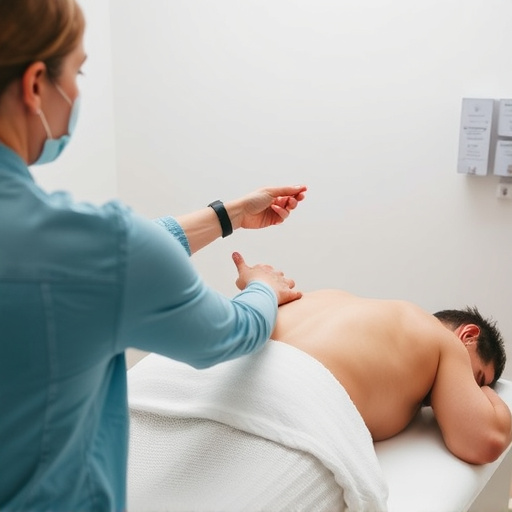
Recognizing when it’s time to seek treatment for shockwave sports injuries is crucial for effective management of recurring pain. If you’ve experienced a previous injury, such as a sprain or strain, and the pain persists despite rest, ice, compression, and elevation (RICE), it might be more than just delayed recovery. Persistent or worsening symptoms could indicate damage to soft tissues, muscles, or tendons that requires professional attention. Delving into prompt post-injury care becomes essential to prevent long-term complications.
Auto accident recovery often involves dealing with acute injuries, but chronic pain can arise if left untreated. Therapeutic exercises and physical therapy are crucial components of shockwave sports injury treatment. However, if your pain escalates or affects daily activities, seeking specialized care is vital. This proactive approach ensures effective management, faster recovery, and a return to your favorite activities without the burden of recurring discomfort.
Benefits and Considerations for Recurring Pain
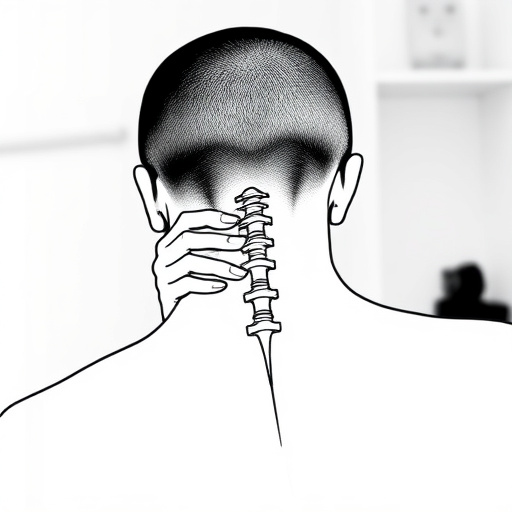
For individuals experiencing recurring sports injuries, especially those resulting in persistent pain, shockwave therapy can offer a promising alternative to traditional treatment methods. This non-invasive approach leverages low-energy sound waves to penetrate deep into damaged tissues, stimulating healing and promoting natural regeneration. One of its key advantages is the ability to provide targeted relief for chronic joint pain without the need for extensive physical therapy or lengthy recovery periods associated with surgical interventions.
Considering shockwave sports injuries as a treatment option is especially relevant when conventional methods have proven ineffective. It can be particularly beneficial for lower back pain, often a common repercussion of athletic activities. This innovative technique offers a more gentle yet powerful way to alleviate pain and restore function, potentially reducing the reliance on medications or invasive procedures. However, it’s crucial to consult healthcare professionals who specialize in this field to ensure proper assessment and guidance throughout the treatment process.
If you’re experiencing recurring pain from a sports injury, it may be time to consider shockwave therapy. This non-invasive treatment has shown promise in alleviating chronic pain and promoting healing for various athletic ailments. By understanding the benefits and recognizing the right time to seek treatment, you can embark on a journey towards improved mobility and reduced discomfort. Remember, seeking professional advice is crucial when considering shockwave sports injuries as a solution for recurring pain.

